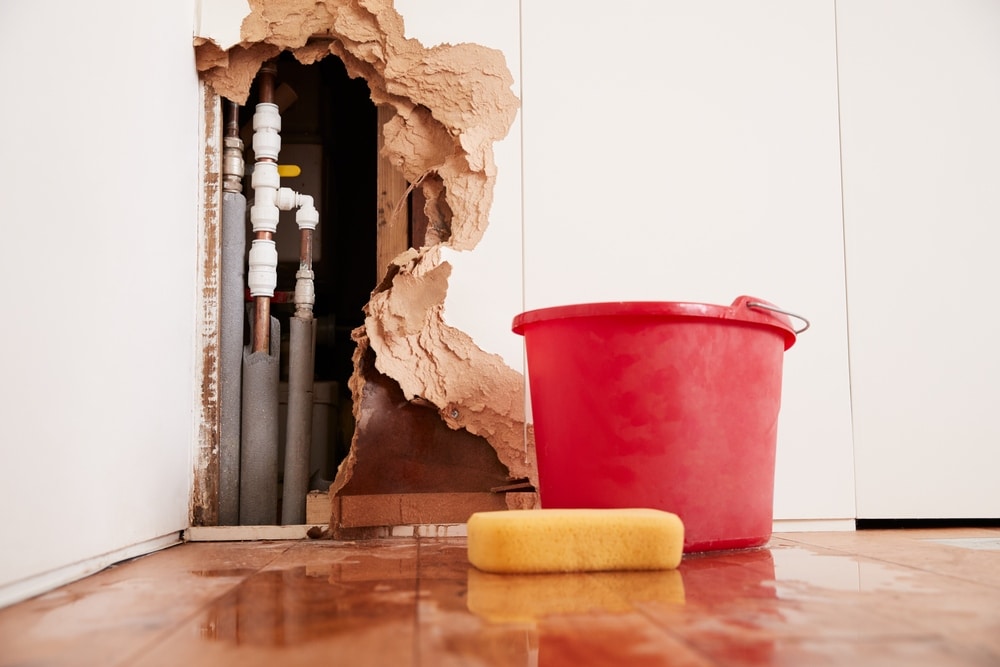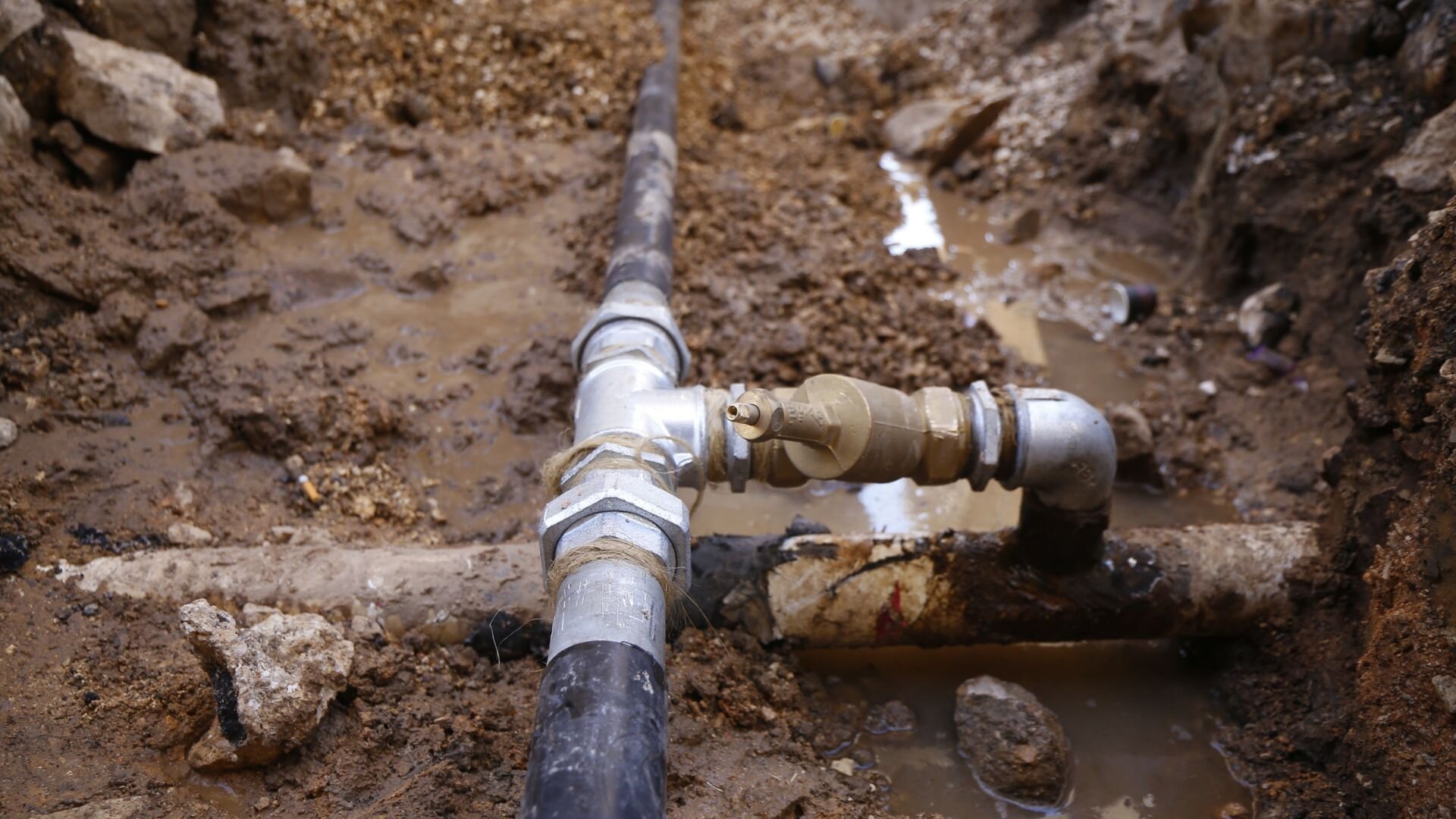Protecting Against Ruptured Pipes: Vital Tips to Shield Your Pipes
Stopping burst pipes is a vital concern for homeowners, particularly throughout chillier months when the danger of cold is increased. Executing tactical actions such as correct insulation, routine evaluations, and keeping regular interior temperatures can considerably reduce the possibility of pipeline failing.
Understand Pipe Vulnerabilities
Understanding pipe susceptabilities is crucial for efficient plumbing upkeep and protecting against expensive damages. Numerous factors contribute to the sensitivity of pipes to ruptureds, consisting of material make-up, age, and environmental conditions. Older pipes, particularly those made from galvanized steel or polybutylene, usually break down over time, resulting in raised danger of leaks and tears.
Temperature level fluctuations can also substantially effect pipeline integrity. In chillier environments, water trapped in pipelines can ice up, broadening and exerting stress on the pipeline walls, which may inevitably lead to a burst. High water pressure can strain pipes, specifically at bends and joints, heightening the possibility of failing.

Insulate Pipes Appropriately
Proper insulation of pipes is essential for preventing freezing and succeeding ruptureds during chilly climate (burst pipe). Shielding your plumbing system efficiently safeguards versus temperature goes down that can bring about pricey damages. Begin by determining susceptible areas where pipelines are subjected to exterior temperatures, such as basements, attics, and outside walls
Use foam pipe insulation sleeves or wrap insulation tape around these locations to provide a safety obstacle. Ensure that all sections of the pipelines, especially those with minimal heat direct exposure, obtain appropriate insulation. Pay unique focus to installations and joints, as these are much more vulnerable to freezing.
When shielding, it's necessary to choose materials that satisfy local building regulations and are suitable for the specific setting. For example, fiberglass insulation is frequently suggested for its thermal resistance residential properties - burst pipe. Furthermore, take into consideration making use of heat cable televisions or tape in severe problems, which can be connected in to supply supplementary heat
Regularly examine protected pipes for any indications of wear or damages, as endangered insulation can lessen its performance. By taking these positive measures, you considerably decrease the danger of pipeline ruptureds, making certain a reliable plumbing system throughout the winter season.
Maintain Consistent Temperature
A steady interior temperature level is crucial for stopping ruptured pipes throughout the icy months. When temperatures decrease, water within pipes can freeze, developing and broadening stress that may eventually trigger the pipes to burst.Utilizing a programmable thermostat can help manage indoor temperature levels properly, making sure that areas with plumbing stay warm even when the house is unoccupied.
Furthermore, it is sensible to permit faucets to trickle a little throughout severe cold snaps. This minor flow of water can prevent cold by alleviating stress within the pipes. Throughout especially severe weather events, take into consideration temporarily putting on hold any nighttime obstacles on your thermostat to preserve a steady warm environment. By applying these strategies, homeowners can dramatically reduce the danger of pipe bursts and safeguard their pipes systems against the harsh winter season elements.
Routinely Inspect Pipes
Routine evaluations of pipes systems are critical for preventing ruptured pipes and maintaining general home stability. Routine checks allow home owners to recognize possible problems before they intensify into expensive repair services or significant water damages. Throughout these assessments, it is vital to take a look at visible pipelines for indications of rust, leaks, or wear. Pay special focus to areas vulnerable to freezing, such as cellars, attics, reference and outside wall surfaces.
Additionally, evaluating joints and connections is crucial, as these factors are typically vulnerable to leakages. Home owners must likewise analyze water stress levels, as excessive pressure can stress the plumbing system and increase the danger of pipeline bursts.
Take into consideration organizing professional plumbing assessments at least when a year, especially prior to wintertime, to guarantee your system is prepared for chillier temperatures. By being aggressive in your approach, you can safeguard your home against the expensive and disruptive consequences of burst pipelines.
Know Emergency Procedures
Comprehending emergency treatments is vital for every house owner, specifically after carrying out routine pipes inspections. Being prepared for a pipes emergency situation can dramatically mitigate damage and save costs.
Following, maintain crucial devices useful. great post to read A plumbing emergency package must include a wrench, plunger, and towels, as well as a flashlight and a pail for tiny leaks. In addition, consider having the contact information for a relied on plumbing professional readily available, should the situation escalate past your control.
If you spot a leakage or ruptured pipe, quickly transform off the water system and notify your plumber. Document the damage with photographs for insurance coverage objectives. Know the indications of potential plumbing issues, such as unusual water pressure changes or damp spots on wall surfaces
Ultimately, aggressive knowledge and speedy action are important in managing plumbing emergencies, guaranteeing your home stays safeguarded and decreasing potential damage.

Final Thought
Finally, avoiding burst pipelines demands a complex technique that includes understanding pipe vulnerabilities, proper insulation, maintaining regular interior temperatures, routine inspections, and understanding of emergency treatments. By executing these vital techniques, the danger of pipes failures can be considerably decreased, thereby guaranteeing the durability and efficiency of the pipes system. Aggressive steps not just guard against potential damage however likewise add to general water preservation and the security of building.
In chillier environments, water entraped in pipelines can ice up, increasing and exerting pressure on the pipe wall surfaces, which might inevitably lead to a burst. When temperature levels drop, water within pipelines can ice up, producing and increasing stress that may inevitably trigger the pipelines to burst. By implementing these approaches, home owners can considerably minimize the risk of pipeline ruptureds and safeguard their plumbing systems against the extreme winter components.

Comments on “The Hidden Dangers of a Burst Pipe and How to Fix It Quickly”